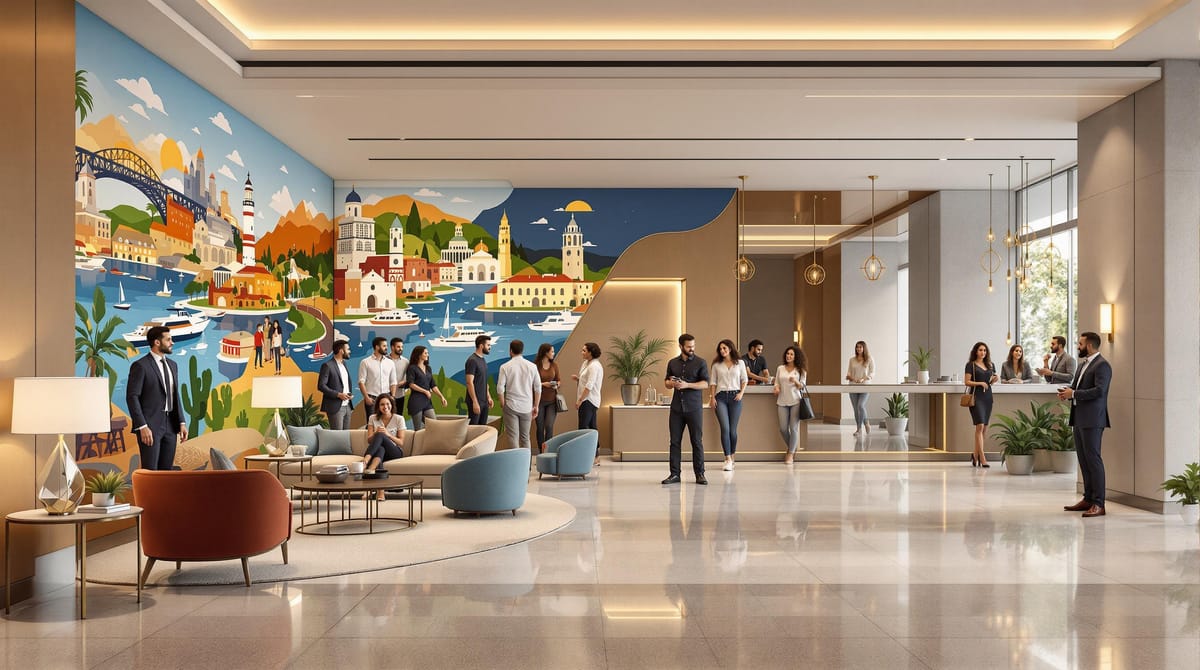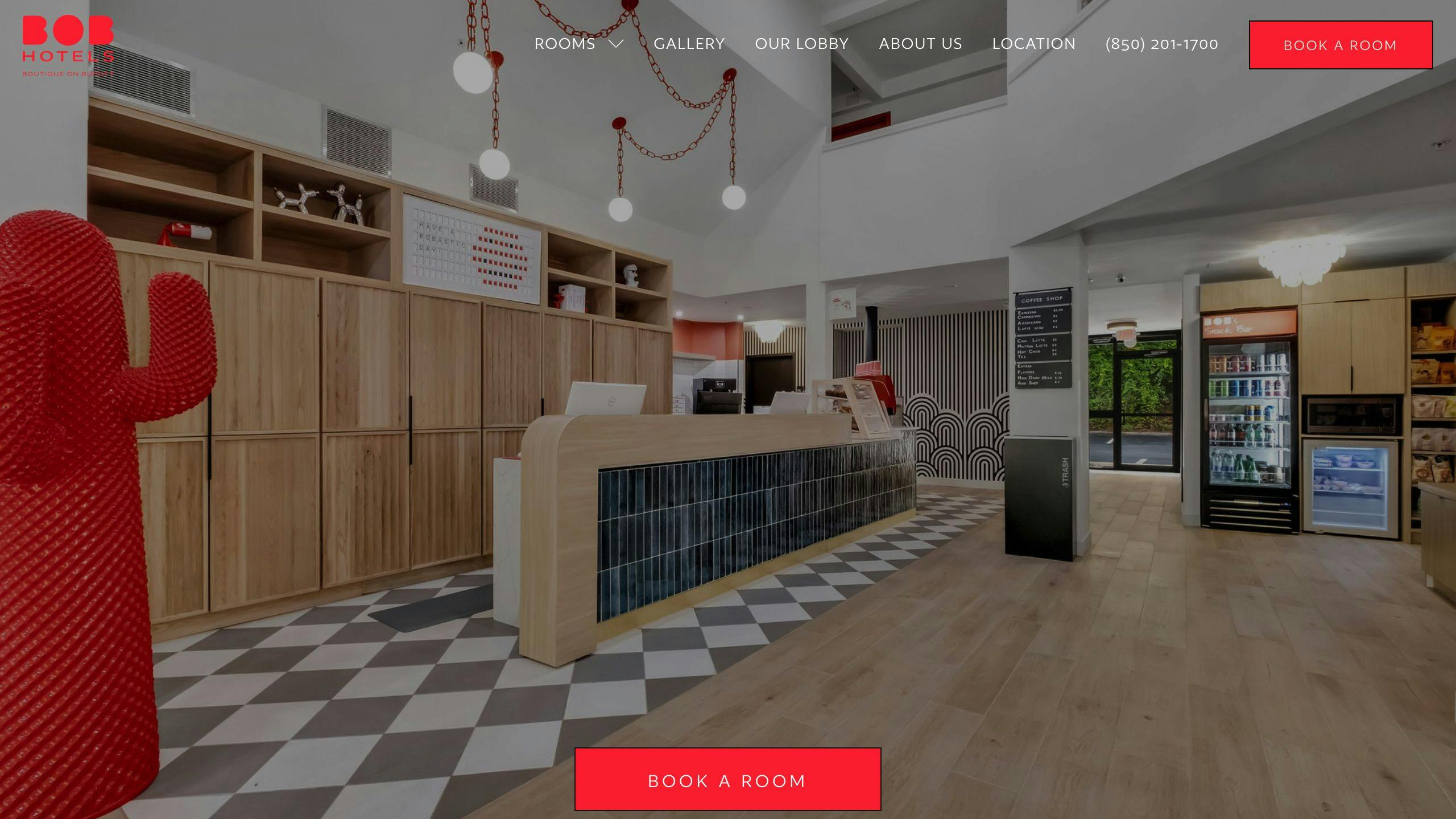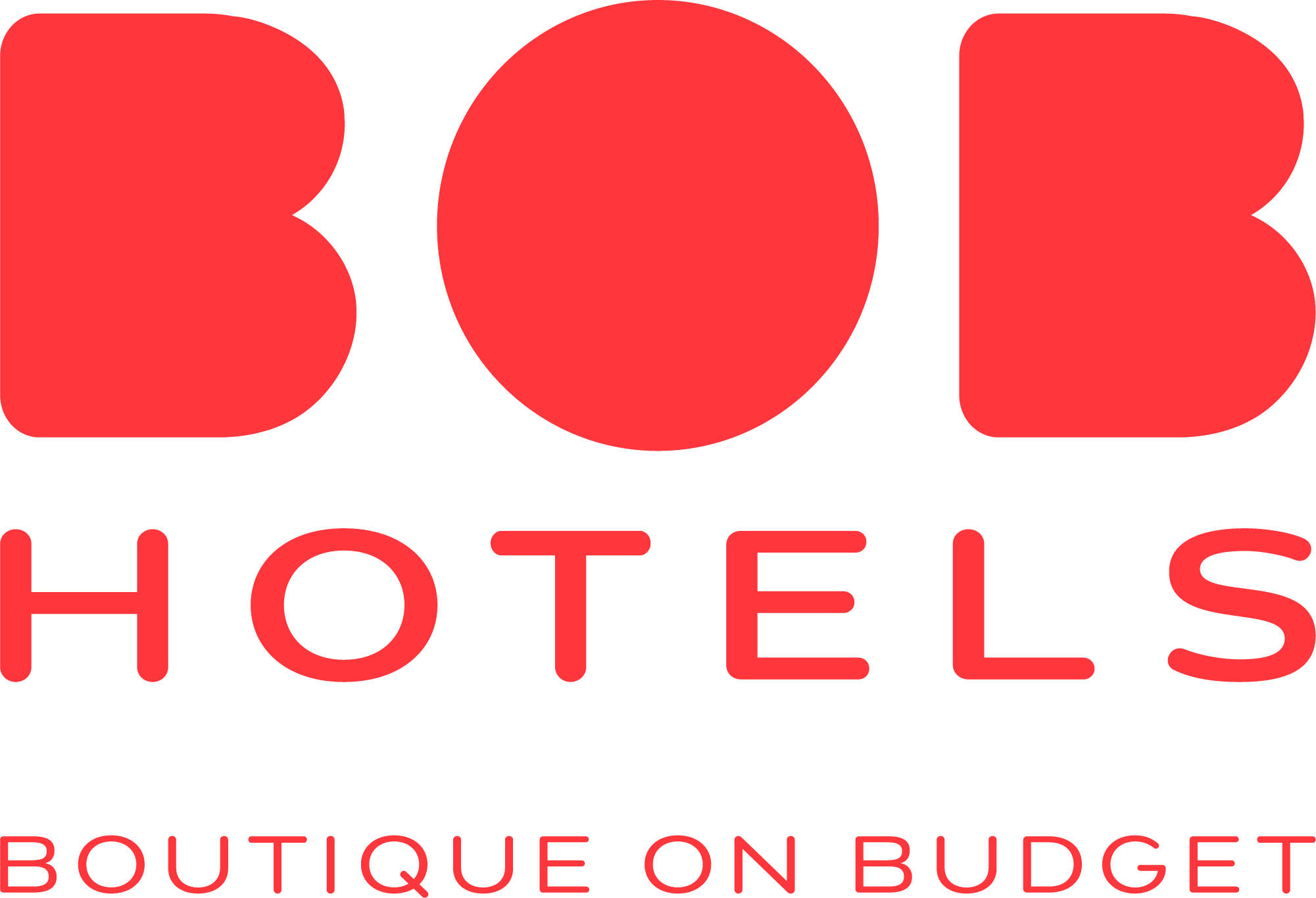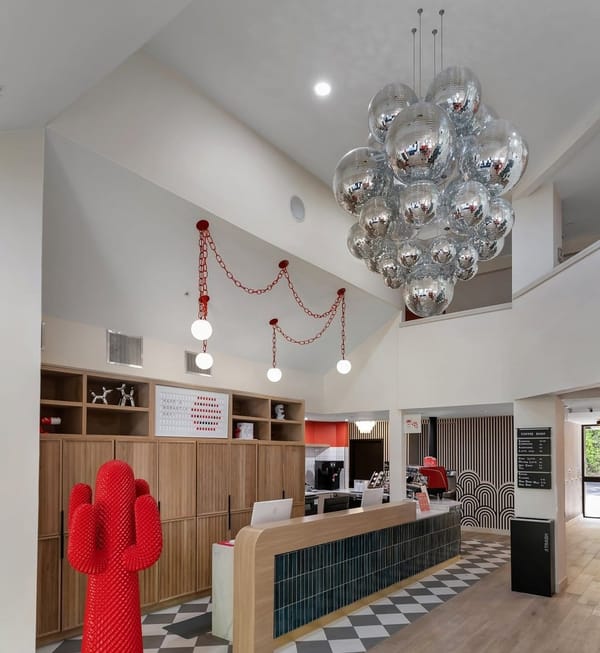How Multi-Location Hotels Maintain Brand Identity
Explore how multi-location hotels balance brand consistency with local charm to enhance guest experiences and build loyalty.

Maintaining a consistent brand identity across multiple hotel locations is challenging but critical for building guest trust and loyalty. Here’s how hotels achieve it:
- Centralized Brand Oversight: A central team ensures consistency in standards while allowing local flexibility.
- Local Marketing: Tailored campaigns reflect brand values while appealing to regional preferences.
- Detailed Brand Guidelines: Clear rules for appearance, service, and local adaptations ensure uniformity.
- Consistent Guest Experience: Standardized amenities, staff training, and communication keep the brand unified.
- Case Study - BOB Hotels Tallahassee: Combines consistent design and amenities with local touches like community engagement and regional offerings.
Hotels succeed by balancing global consistency with local relevance, ensuring a reliable yet unique experience for guests.
Hotel Owner's Role With Brand Consistency
Strategies for Preserving Brand Identity
Boutique hotels face the challenge of maintaining their unique identity while expanding across multiple locations. Successfully preserving brand identity involves balancing consistent global standards with thoughtful local adjustments.
Centralized Brand Oversight
A central brand management team plays a key role in ensuring consistency across all properties. This team enforces brand standards and monitors quality across locations. For example, Hilton maintains its brand integrity by implementing strict separation rules for multi-branded properties [2]. However, while centralized oversight is essential, it must also allow flexibility to adapt to local market needs.
Local Marketing Within a Global Framework
To connect with diverse audiences, hotels create local marketing campaigns that reflect their brand values while catering to regional preferences. Key steps include:
- Market Research: Learning about local tastes and cultural specifics.
- Community Engagement: Building genuine relationships with the local community.
- Customized Campaigns: Crafting promotions tailored to specific locations while staying true to the brand's identity.
Detailed Brand Guidelines
Comprehensive brand guidelines are critical for maintaining a consistent experience across properties. These guidelines should address every aspect of the brand, ensuring clarity and alignment.
| Guideline Component | Purpose | Key Elements |
|---|---|---|
| Brand Appearance and Voice | Keep a unified look and tone | Logo usage, colors, typography, messaging tone |
| Service Standards | Deliver a uniform guest experience | Staff protocols, guest interaction practices |
| Local Adaptation Rules | Allow for cultural relevance | Permitted changes, cultural considerations |
These guidelines should evolve to reflect changing market trends and guest expectations. Feedback from individual properties can help refine these standards, ensuring they align with the brand’s overall vision. The next step is ensuring seamless execution of these guidelines across all locations.
Ensuring Uniform Guest Experience
Providing a consistent guest experience across multiple locations is key to maintaining a strong brand identity. Hotels need to strike a balance between uniformity and local character to meet guest expectations while delivering reliable service.
Consistent Amenities and Services
Offering consistent amenities and services helps build trust by ensuring guests know what to expect. Centralized systems play a big role in maintaining this consistency. For instance, BOB Hotels Tallahassee showcases this approach by delivering modern amenities like high-speed Wi-Fi, stylish common areas, and dependable guest services across all their locations.
| Core Amenity Category | Standard Features |
|---|---|
| Room Technology | Digital Essentials |
| Comfort Elements | Quality Furnishings |
| Guest Services | Food and Beverage Options |
| Common Areas | Social Spaces |
While standardized features are essential, the human touch - through well-trained staff and clear communication - ensures the brand's values shine through at every location.
Staff Training Programs
Well-designed staff training programs ensure employees embody the brand's values and deliver consistent service. These programs typically focus on three main areas:
| Training Component | Description |
|---|---|
| Brand Philosophy | Workshops that emphasize core values |
| Service Standards | Practical training to ensure uniform service |
| Operational Procedures | Regular assessments to improve skills |
Recognition initiatives reward employees who exemplify the brand's values, while ongoing feedback and training help staff refine their approach and maintain service quality.
Communication Between Locations
Ensuring alignment across multiple properties requires seamless communication. Hotels rely on tools and strategies to stay coordinated:
- Centralized Marketing Platforms: Ensure uniform messaging across all locations.
- Project Management Tools: Support collaboration and resource sharing.
- Regular Marketing Meetings: Provide opportunities to exchange successful strategies and insights.
Additionally, pricing software helps maintain consistent pricing strategies while adjusting to local market demands [1]. By encouraging collaboration and sharing best practices, these tools ensure every property operates as part of a cohesive brand while allowing for necessary flexibility.
Case Study: BOB Hotels Tallahassee's Brand Identity Approach

BOB Hotels Tallahassee shows how boutique hotel chains can keep their brand identity intact while offering budget-friendly stays. Founded by Janis Krums to shake up the budget hotel market, BOB Hotels has found a way to combine consistent branding with a touch of local charm.
Creating Consistency Through Design and Amenities
To ensure a unified brand experience, BOB Hotels Tallahassee focuses on key design and service elements that reflect its affordable luxury vibe. Instead of merely standardizing amenities, the hotel prioritizes a seamless guest experience that aligns with its brand values. This is supported by flexible pricing strategies tailored to local market conditions [1].
Bringing Local Flavor to a Unified Brand
BOB Hotels Tallahassee blends local character into its brand through thoughtful initiatives:
- The café offers locally inspired specialty coffee and breakfast options, all within the hotel’s signature modern design.
- Its location near major attractions ensures accessibility while catering to the specific needs of the area.
- Community engagement programs build meaningful local connections without straying from the brand’s identity.
By combining strong brand guidelines with local touches, BOB Hotels has created a model that works across different locations. This strategy has been met with positive guest reviews and high rates of repeat business [4].
BOB Hotels Tallahassee illustrates how boutique hotel chains can stay true to their brand while adapting to local markets - an approach that’s key for long-term success in hospitality.
Conclusion: Building a Strong and Distinct Hotel Brand
Key Points
Multi-location hotels succeed by striking the right balance between uniformity and local flair. Centralized management ensures consistency, while thoughtful adjustments cater to local preferences. The pandemic shed light on the dangers of "brand bloat", making it clear that stronger brand standards are essential [3].
Future Trends in Brand Identity
Hotels are evolving their branding strategies to meet modern demands, focusing on both consistency and individuality. Here are some key trends shaping the future:
| Trend | Impact on Brand Identity |
|---|---|
| AI Integration | Enhances guest personalization while keeping brand standards intact |
| Sustainability Focus | Incorporates eco-conscious practices into core brand messaging |
| Digital Presence | Strengthens unified branding across online platforms |
Technology is a cornerstone of maintaining brand consistency. Centralized tools and platforms allow hotel chains to deliver uniform experiences while adapting to specific local markets [1]. This dual approach ensures that properties meet both global standards and local expectations.
The industry is shifting toward a more focused brand strategy. Instead of chasing rapid growth, successful hotels are prioritizing clear differentiation and dependable guest experiences. This change reflects the post-pandemic travel mindset, where travelers value reliability and meaningful local experiences [3]. These trends highlight the importance of staying flexible while keeping a cohesive brand identity intact across all locations.




